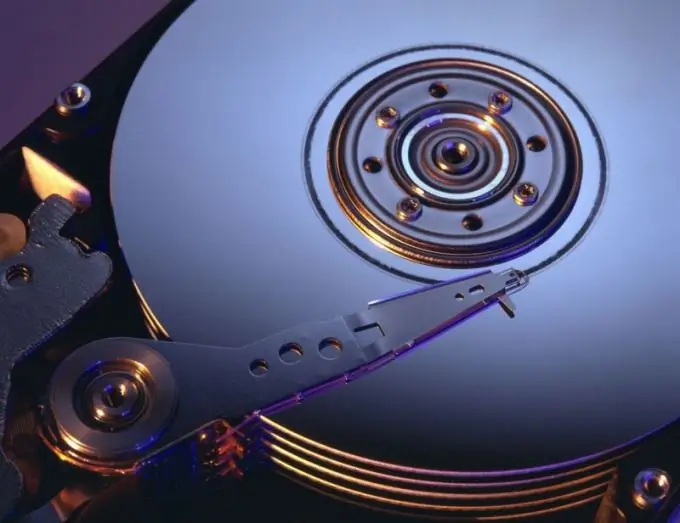Creating a bootable diskette for Windows XP may be required if the system cannot boot normally. The procedure does not require deep knowledge in the field of computer operation schemes or the use of complex additional programs.

Instructions
Step 1
Insert the floppy disk into the floppy drive and open the main menu by clicking the "Start" button. Go to the Run dialog and type cmd on the Open line. Confirm the launch of the command line utility by clicking OK and enter format a: in the text box of the Windows command interpreter. Confirm the formatting of the floppy disk by pressing the Enter function key and wait for the process to complete.
Step 2
Go to the "All Programs" item in the main "Start" menu and open the "Accessories" link. Start the "Windows Explorer" application and open the non-system drive (usually, this is the C:) drive. Go to a folder named i386 and make copies of the Ntldr and Ntdetect.com files. Transfer the created copies to a floppy disk.
Step 3
Make a copy of the Boot.ini file and modify it to match your system configuration. Note that when booting the computer from a SCSI hard drive, the multi parameter in the [operating systems] section must be changed to scsi. In this case, you need to create a copy of the SCSI controller driver to the root of the folder of the bootable floppy disk and change its name to Ntbootdd.sys. The disk parameter should be set to the ID of the SCSI disk to boot.
Step 4
If you create a bootable floppy disk on a non-Windows XP computer, you must change the name of the Ntldr file to Setupldr.bin. Further actions are completely similar to those described above.
Step 5
Be careful when editing the Boot.ini file. An error in determining the path to system files or including the volume name in it will result in an error message and the inability to boot the OS correctly. Another reason for this message may be the missing Ntbootdd.sys file or the wrong SCSI driver.






